RIBA’s ‘Raise the Roof’ show is a deep dive into the history of its London HQ
With its ‘Raise the Roof: Building for Change’ exhibition, the RIBA explores themes including gender, ethnicity, race, and imperialism embedded within its own historic headquarters
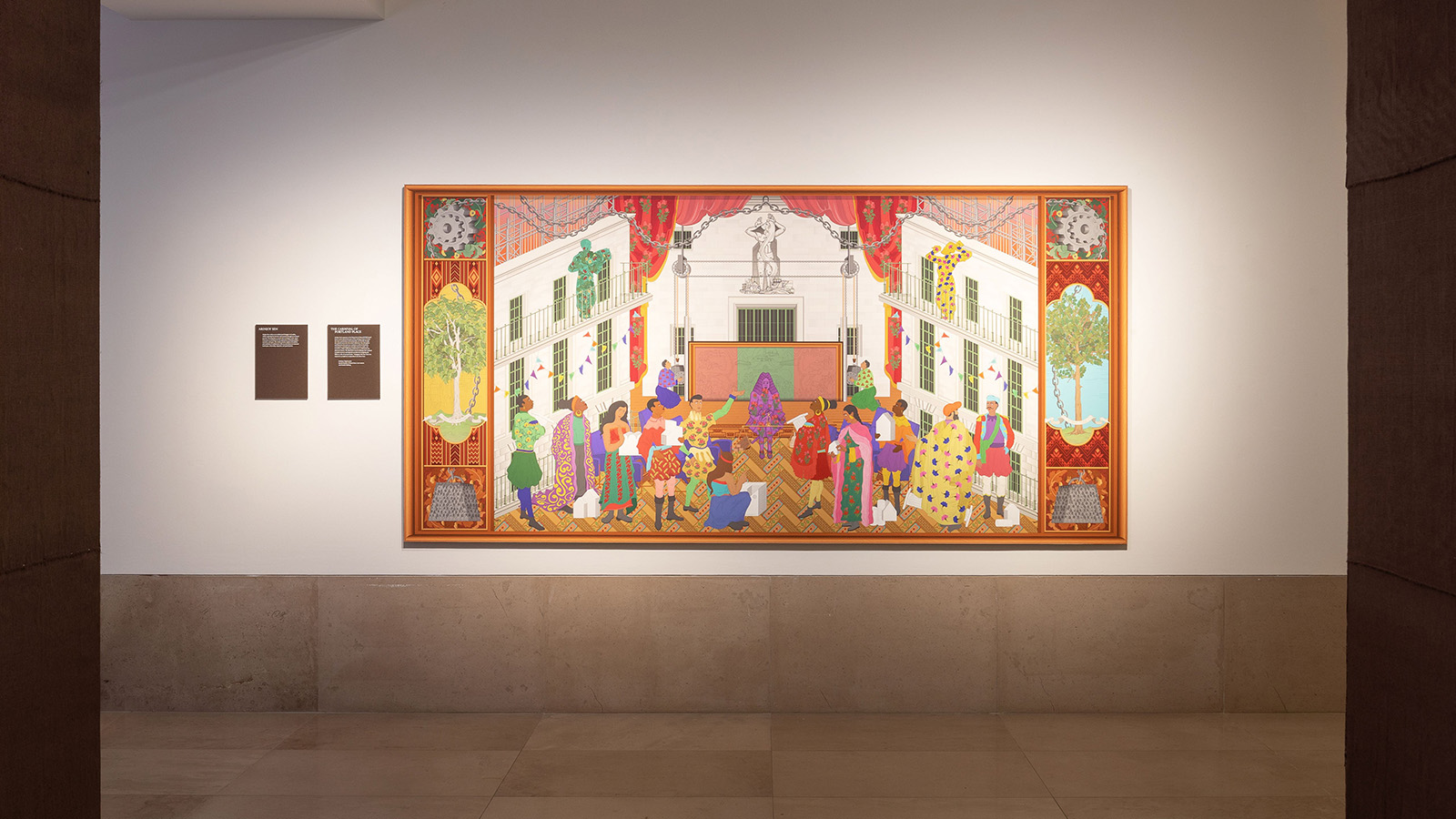
With its latest exhibition, ‘Raise the Roof: Building for Change’, the Royal Institute of British Architect (RIBA) seeks to confront uncomfortable truths. RIBA’s HQ at 66 Portland Place in London serves as a powerful nucleus for its members, architects, and design enthusiasts. However, inside the 90-year-old Grade II*-listed building, several problematic British Imperialist features exist.
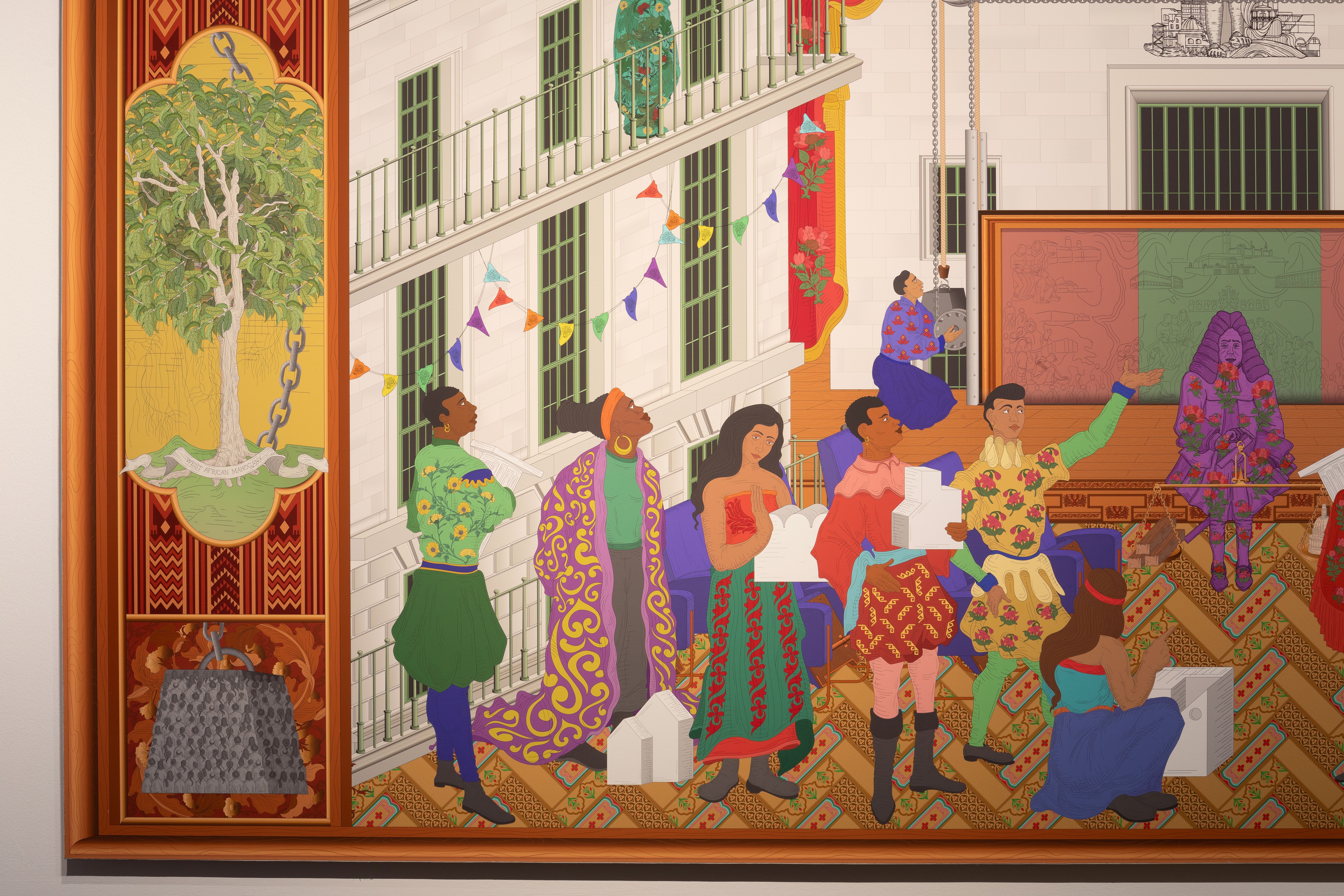
Detail of The Carnival of Portland Place by Arinjoy Sen
RIBA presents ‘Raise the Roof: Building for Change’
Focusing on race, identity, and colonialism the show unpacks the divisive Jarvis Mural and Dominion Screen, two works that live at RIBA’s HQ. Designed by sculptor Denis Dunlop, the Dominion Screen, housed in the Henry Florence Memorial Hall, is a 20-panel wood installation depicting the people, animals, and resources the British Empire brutally exploited.
The Jarvis Mural, painted by artist Edward Bainbridge Copnall and on show in the Henry Jarvis Memorial Hall, portrays indigenous people as primitive natives, inferior to Imperial Britain.
Addressing these troubling depictions, RIBA commissioned creatives Esi Eshun, Giles Tettey Nartey (also featured in the recent Wallpaper* Class ’24 exhibition in Milan), Thandi Loewenson, and Arinjoy Sen to produce new work that responds to the pieces for ‘Raise the Roof: Building for Change’.
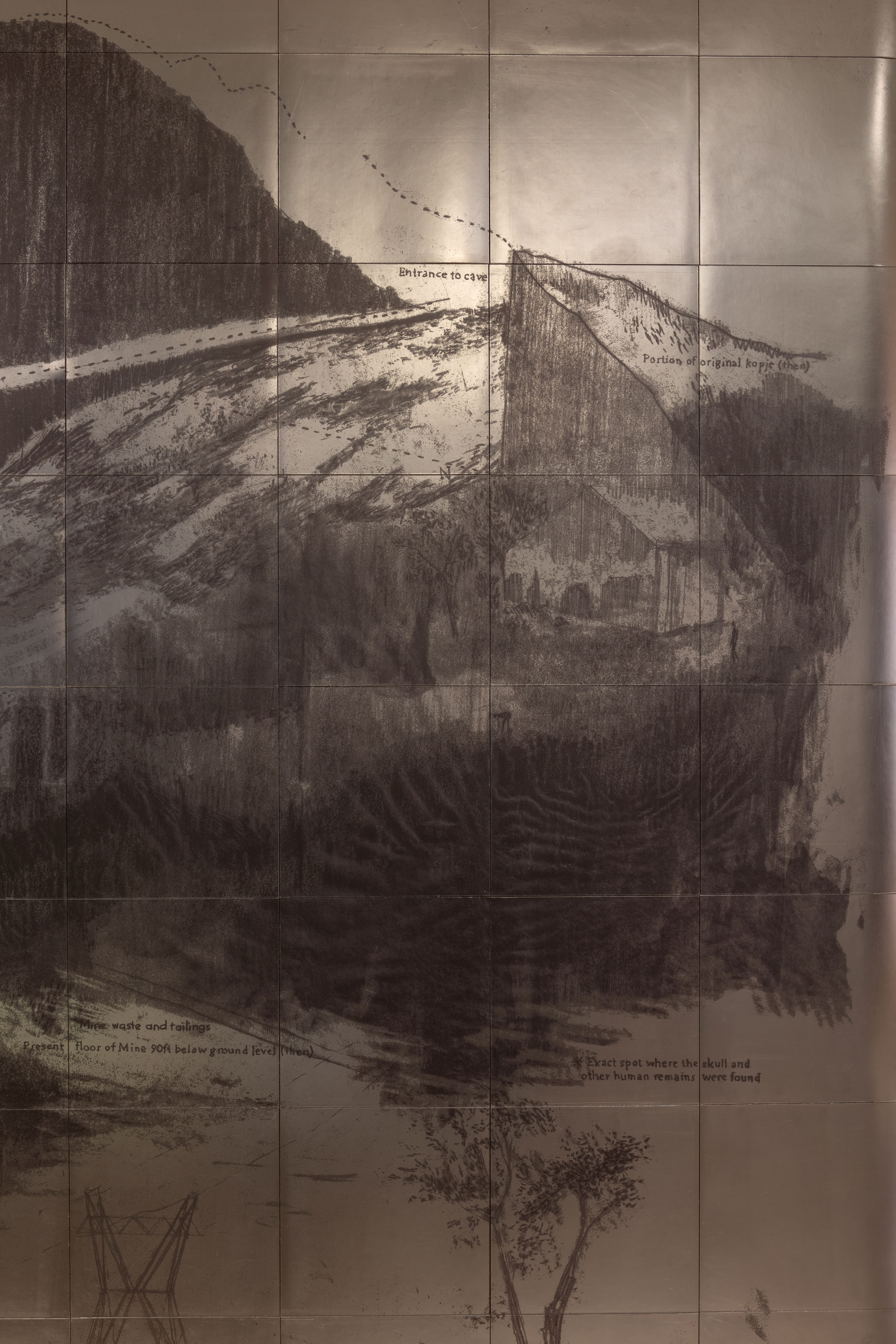
Detail of Thandi Loewenson’s Backlight
Designed by architecture practice Msoma Architects and creative studio Plan B, the exhibition starts by giving visitors the history of 66 Portland Place. As you walk around the green- and brown-toned show, you will learn about colonialism and British Imperialism before seeing the four commissioned works. ‘This exhibition addresses a history that has forged and shaped the world we live in today,’ says RIBA's exhibitions curator Margaret Cubbage.
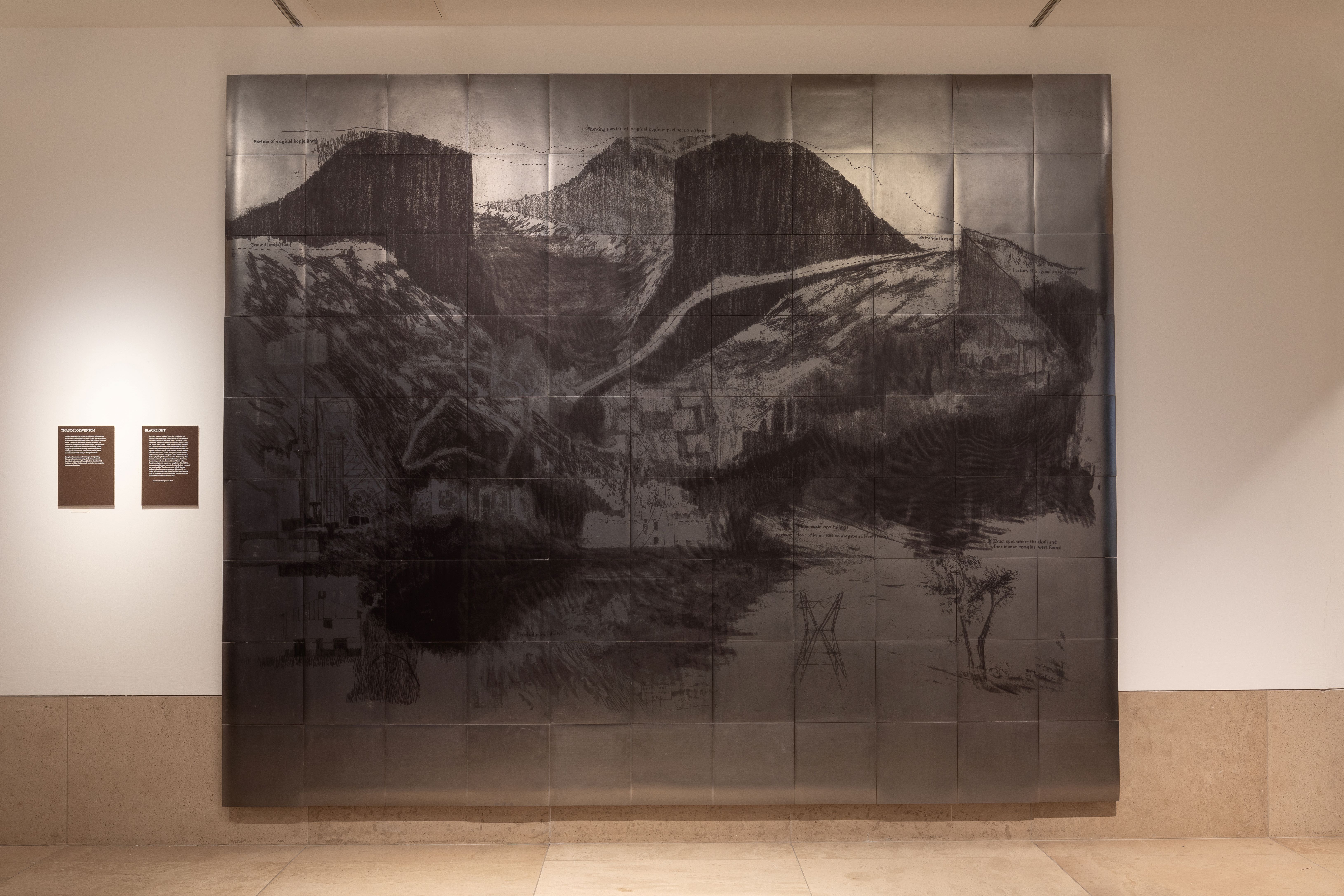
Thandi Loewenson’s Backlight
The first commission visitors will see is architectural researcher Thandi Loewenson’s Backlight, a response to the Jarvis Mural. With the help of London-based creative Zhongshan Zou, Loewenson has created an evocative graphite mural with an accompanying essay that speaks to Imperial Britain’s violent resource extraction, labour exploitation and racism.
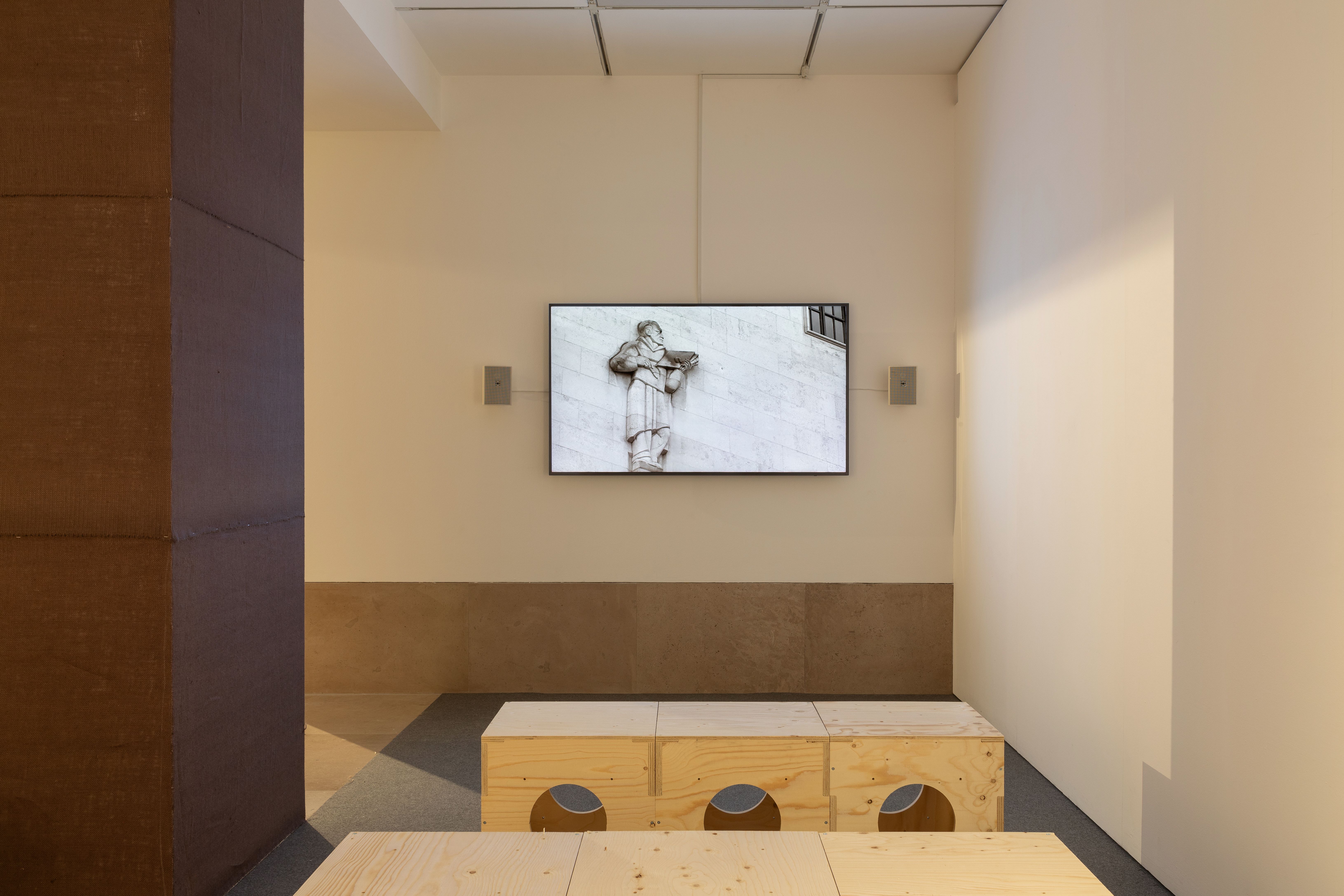
Esi Eshun’s film, The Vanishment
Adjacent to Loewenson’s work is architect Giles Tettey Nartey’s black wood furniture made from the same Quebec pine as the Dominion Screen. A collection of 17 stools, Assembly invites visitors to sit, discuss and respond to the different symbols that make up the imperialist screen. ‘We hope that visitors feel comfortable to contemplate and reflect on the importance and need for decolonisation,’ says Cubbage.
Receive our daily digest of inspiration, escapism and design stories from around the world direct to your inbox.
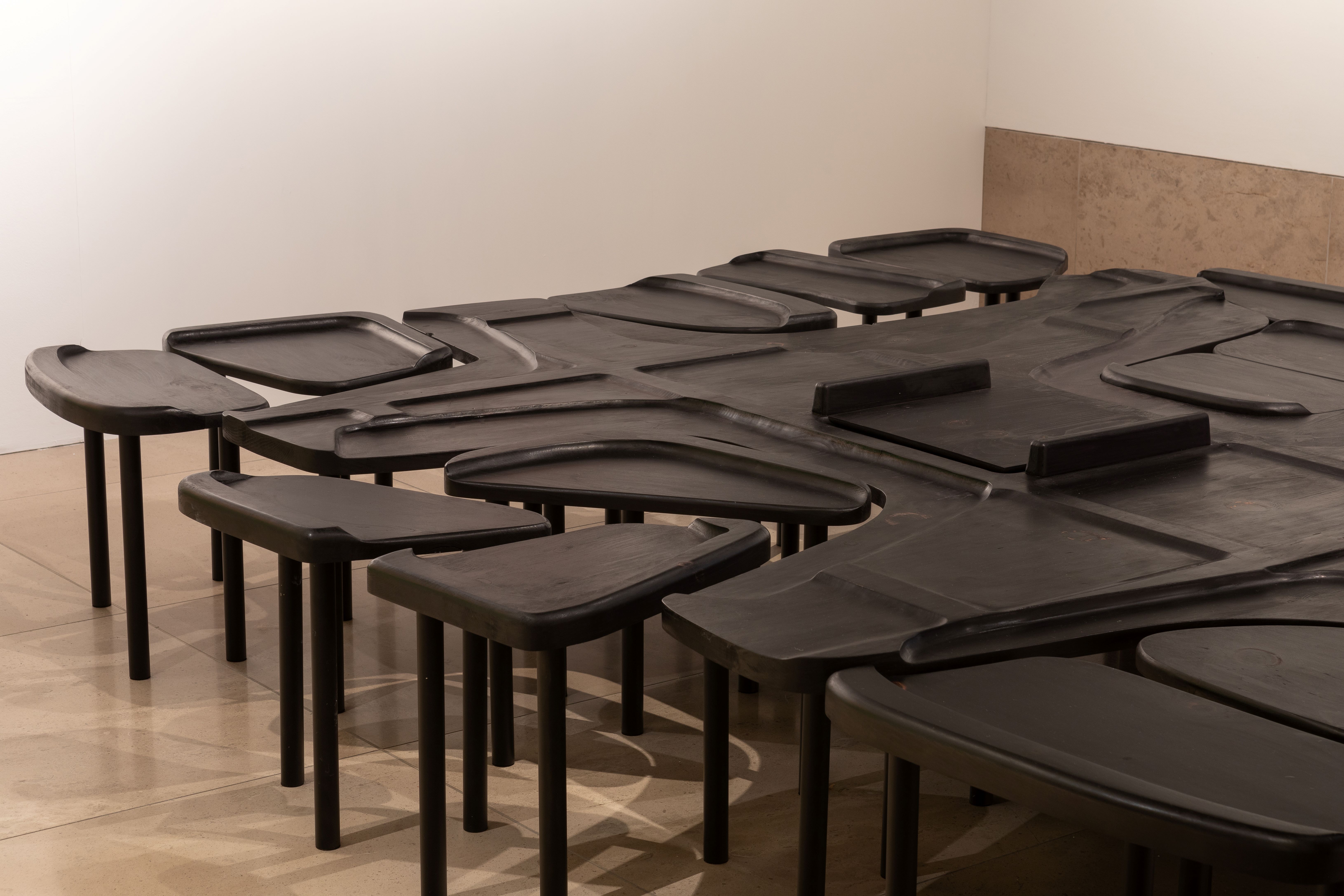
Assembly by Giles Tettey Nartey
Architectural designer Arinjoy Sen, meanwhile, has created The Carnival of Portland Place, an illustrative installation that aims to challenge problematic imperial narratives. Addressing the Jarvis Mural through his piece, Sen seeks to challenge outdated systems of power and bring marginalised stories to the foreground.
‘As part of decolonising architecture, it helps to educate and raise awareness to the injustices and power dynamics that forged the world we live in today,' says Cubbage.
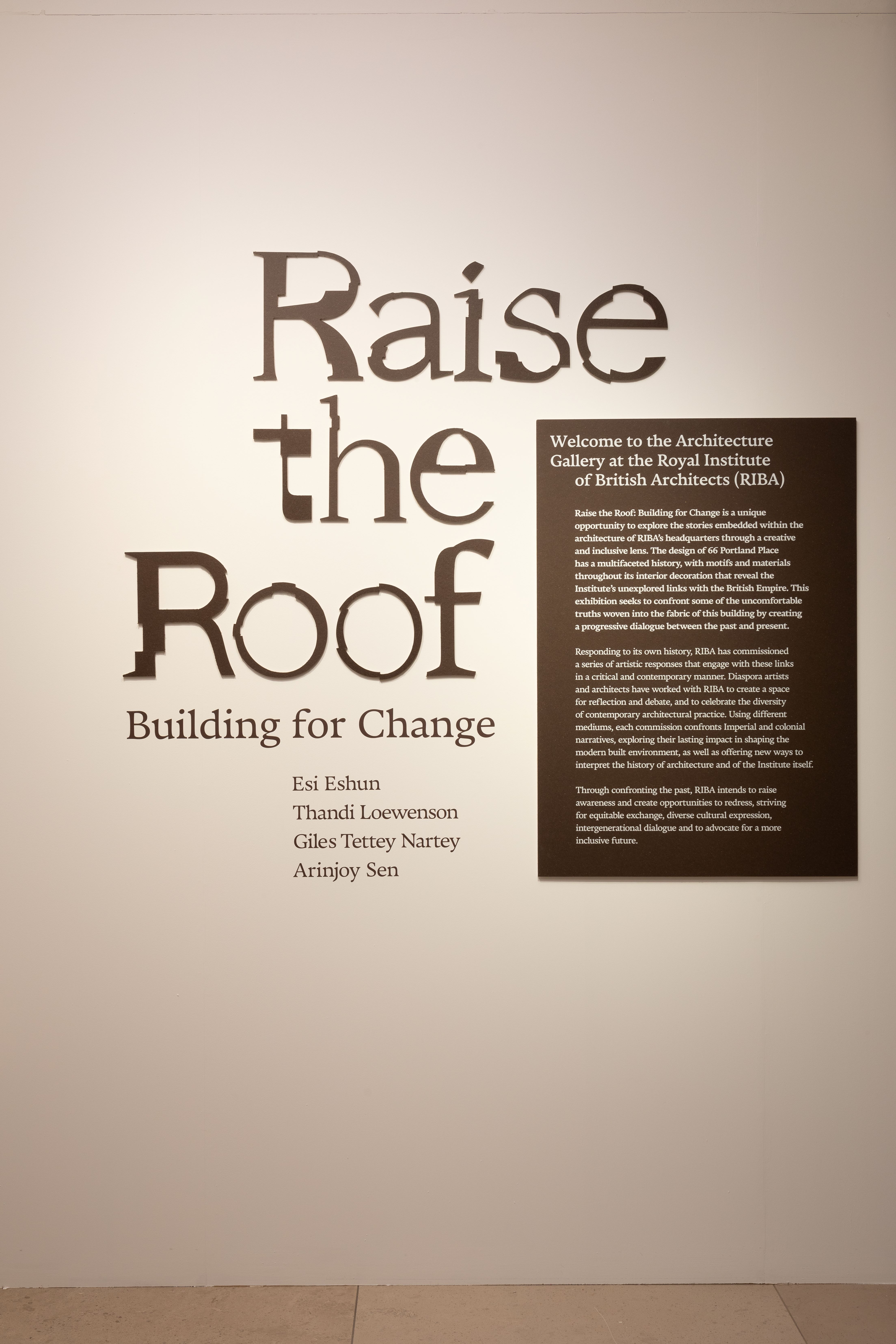
At the end of the show, visitors can watch Esi Eshun’s powerful 15-minute film. Titled The Vanishment, her video carefully blends audio with archival imagery to unravel the stories behind the Jarvis Mural. Her work seeks to unpack some of the structures, indigenous groups and power dynamics that make up the mural.
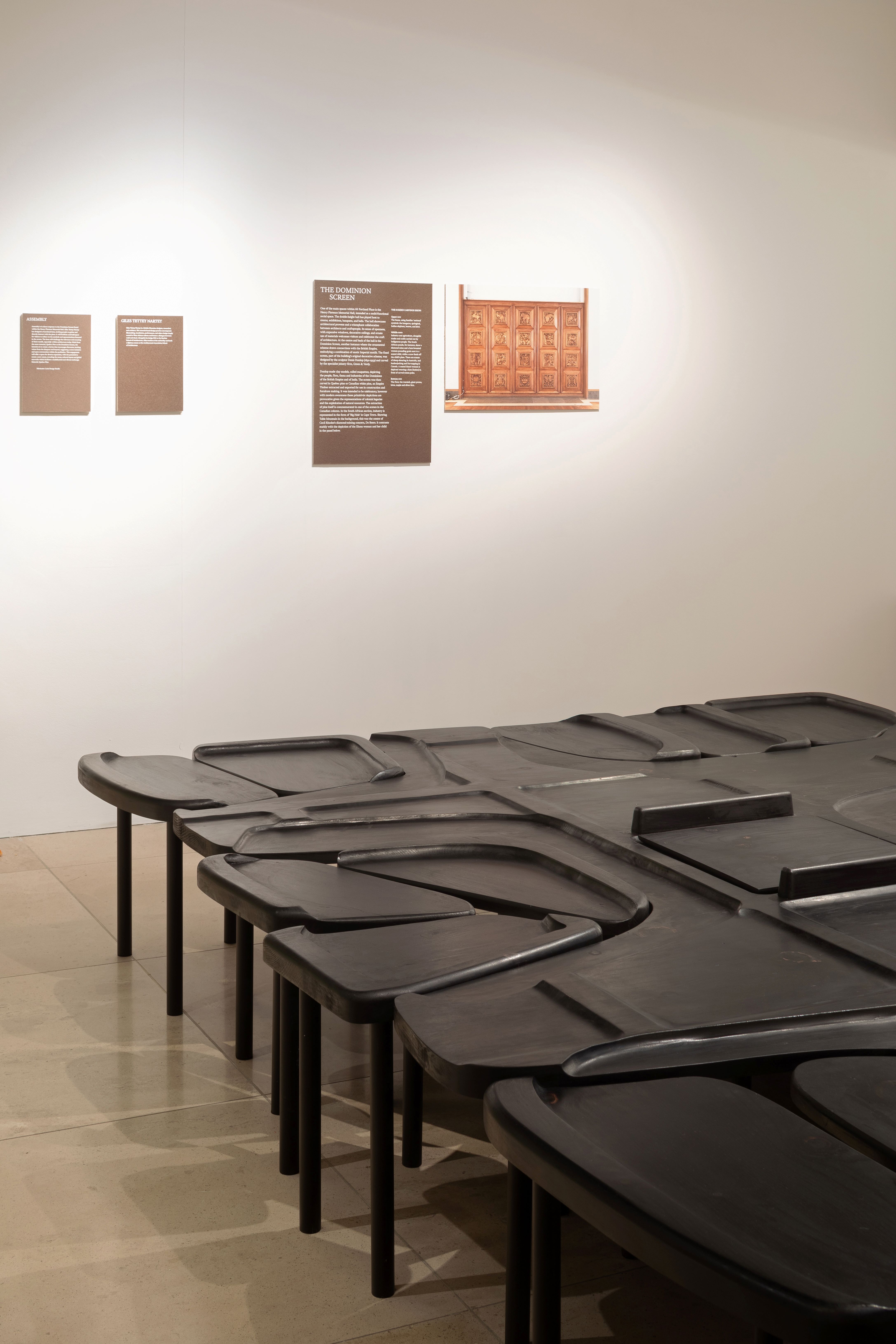
Assembly by Giles Tettey Nartey
‘Raise the Roof: Building For Change’ is RIBA’s attempt to address the colonial narratives deeply rooted in the fabric of 66 Portland Place. Through these four creative interventions, the professional body has carefully reflected on parts of its building and created a space for progressive dialogues about British Imperialism. Cubbage concludes: ‘We see the exhibition as the first step in the process of decolonising the building and the RIBA Collection.’
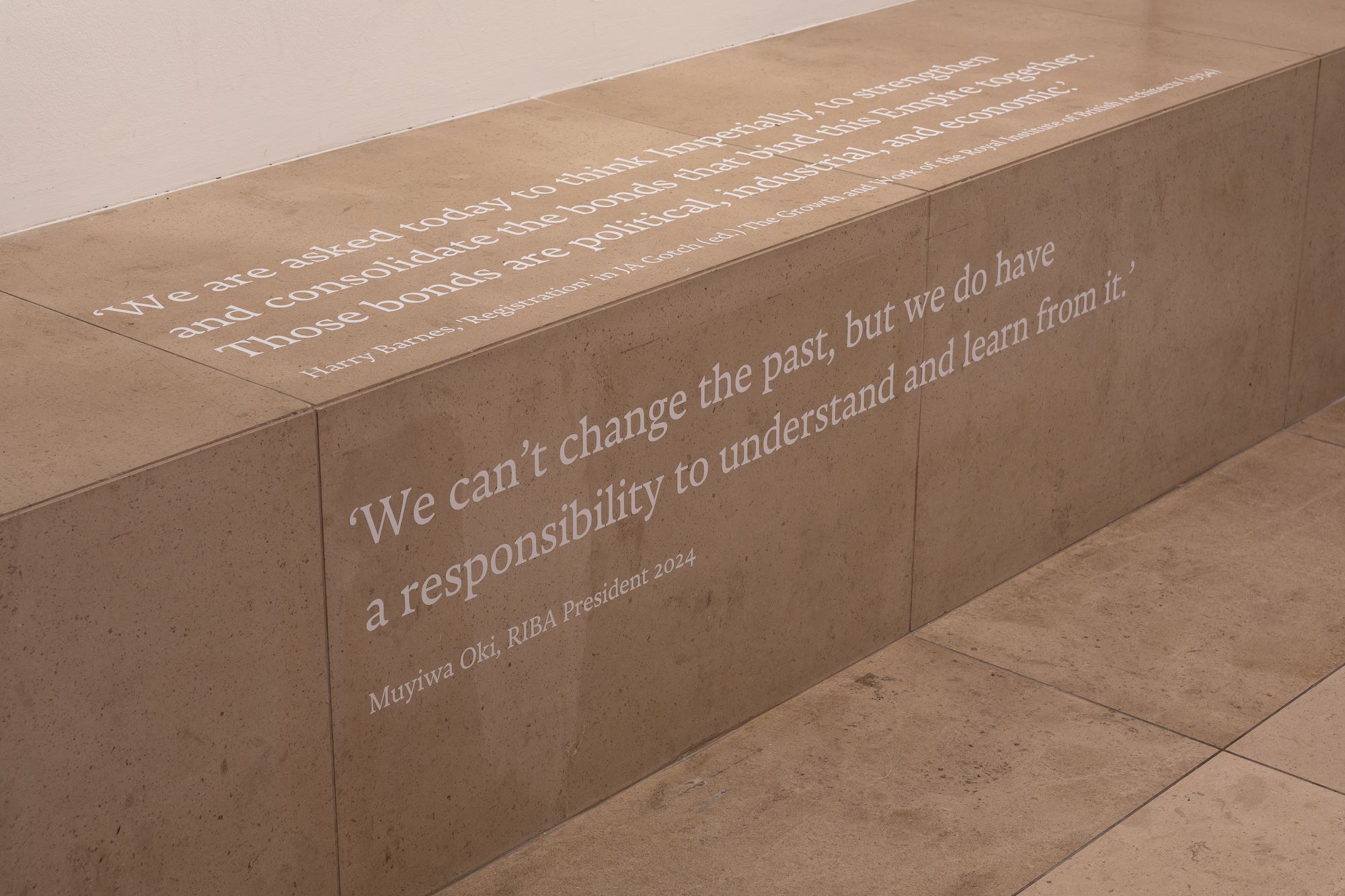
Shawn Adams is an architect, writer, and lecturer who currently teaches at Central St Martins, UAL and the Architectural Association. Shawn trained as an architect at The Royal College of Art, Architectural Association and University of Portsmouth. He is also the co-founder of the socially-minded design practice Power Out of Restriction. In 2023, POoR won the London Design Festival’s Emerging Design Medal. Shawn writes for numerous international magazines about global architecture and design and aims to platform the voices of those living across the Caribbean, Asia, and Africa.
-
 12 fashion figures reveal their style resolutions for the year ahead
12 fashion figures reveal their style resolutions for the year aheadAs 2025 comes to a close, we ask the Wallpaper* style community – from Willy Chavarria and Stefan Cooke to Craig Green and Torishéju Dumi – their New Year's resolutions
-
 Glass designer Silje Lindrup finds inspiration in the material's unpredictability
Glass designer Silje Lindrup finds inspiration in the material's unpredictabilityWallpaper* Future Icons: Danish glassmaker Silje Lindrup lets the material be in charge, creating a body of work that exists between utility and experimentation
-
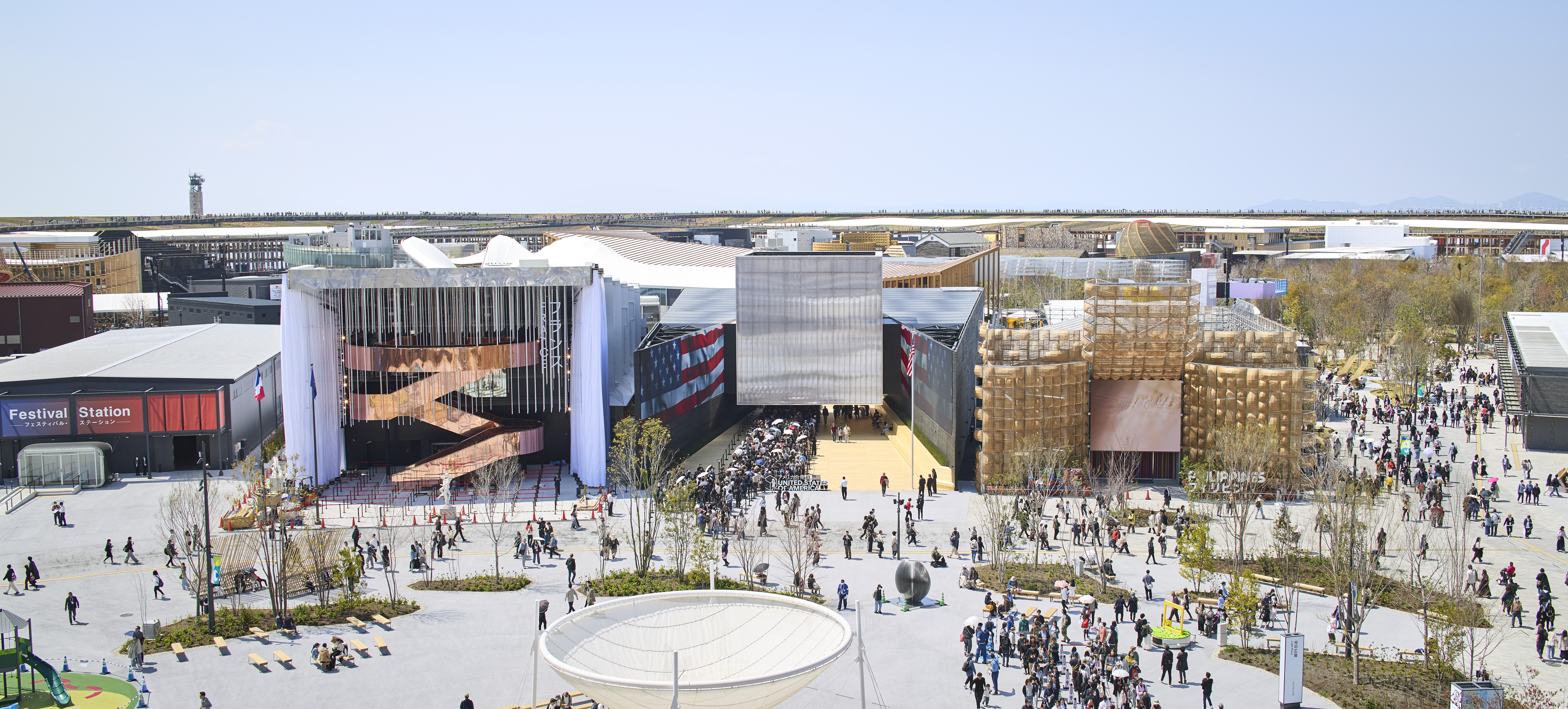 Top 10 architecture moments of 2025
Top 10 architecture moments of 2025Architecture & environment director Ellie Stathaki picks the top 10 architecture moments of 2025, to recount, remember and reassess
-
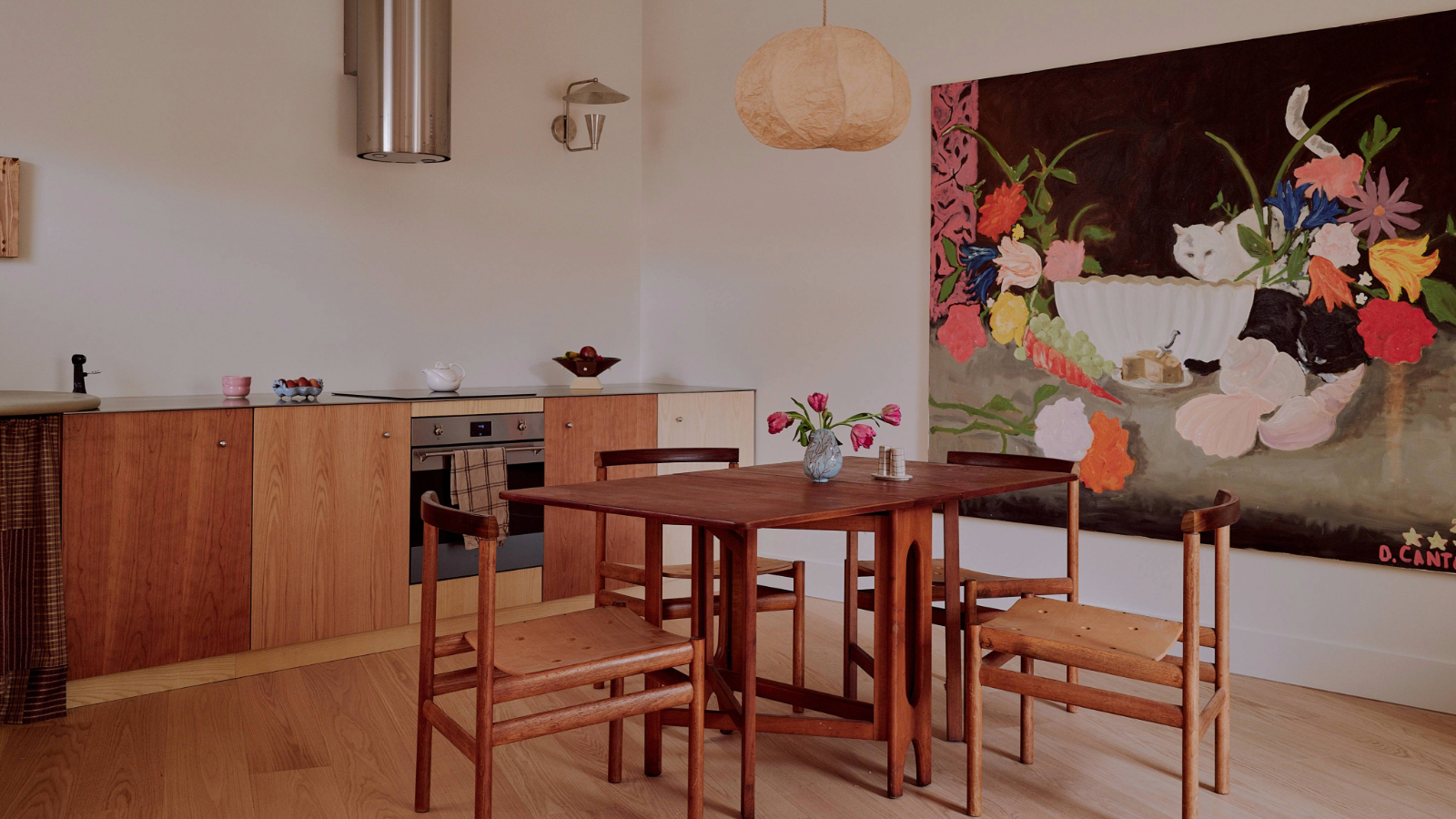 This curved brick home by Flawk blends quiet sophistication and playful details
This curved brick home by Flawk blends quiet sophistication and playful detailsDistilling developer Flawk’s belief that architecture can be joyful, precise and human, Runda brings a curving, sculptural form to a quiet corner of north London
-
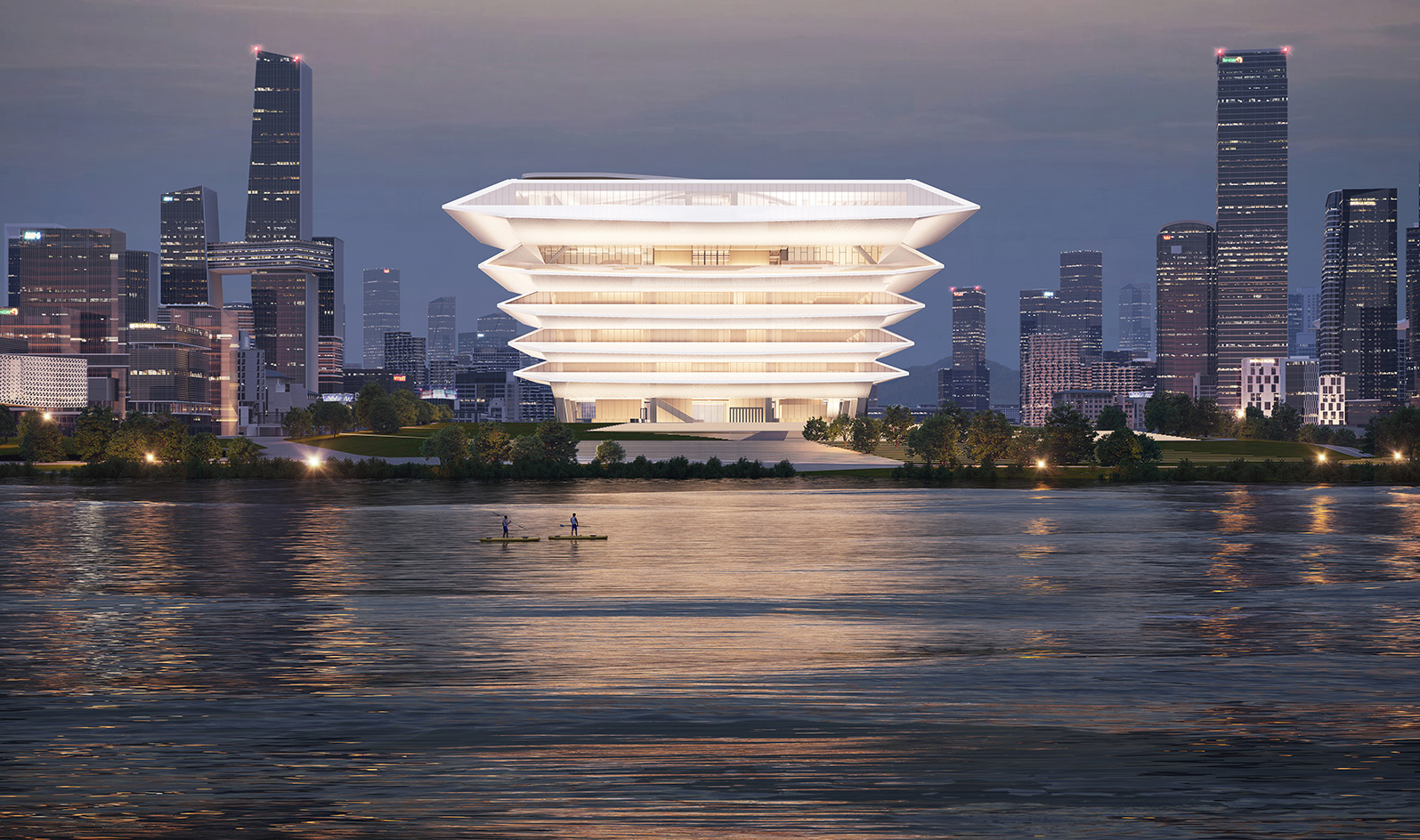 The RIBA Asia Pacific Awards reward impactful, mindful architecture – here are the winners
The RIBA Asia Pacific Awards reward impactful, mindful architecture – here are the winnersThe 2025 RIBA Asia Pacific Awards mark the accolade’s first year – and span from sustainable mixed-use towers to masterplanning and housing
-
 Arbour House is a north London home that lies low but punches high
Arbour House is a north London home that lies low but punches highArbour House by Andrei Saltykov is a low-lying Crouch End home with a striking roof structure that sets it apart
-
 RIBA House of the Year 2025 is a ‘rare mixture of sensitivity and boldness’
RIBA House of the Year 2025 is a ‘rare mixture of sensitivity and boldness’Topping the list of seven shortlisted homes, Izat Arundell’s Hebridean self-build – named Caochan na Creige – is announced as the RIBA House of the Year 2025
-
 In addition to brutalist buildings, Alison Smithson designed some of the most creative Christmas cards we've seen
In addition to brutalist buildings, Alison Smithson designed some of the most creative Christmas cards we've seenThe architect’s collection of season’s greetings is on show at the Roca London Gallery, just in time for the holidays
-
 The Architecture Edit: Wallpaper’s houses of the month
The Architecture Edit: Wallpaper’s houses of the monthFrom wineries-turned-music studios to fire-resistant holiday homes, these are the properties that have most impressed the Wallpaper* editors this month
-
 A refreshed 1950s apartment in East London allows for moments of discovery
A refreshed 1950s apartment in East London allows for moments of discoveryWith this 1950s apartment redesign, London-based architects Studio Naama wanted to create a residence which reflects the fun and individual nature of the clients
-
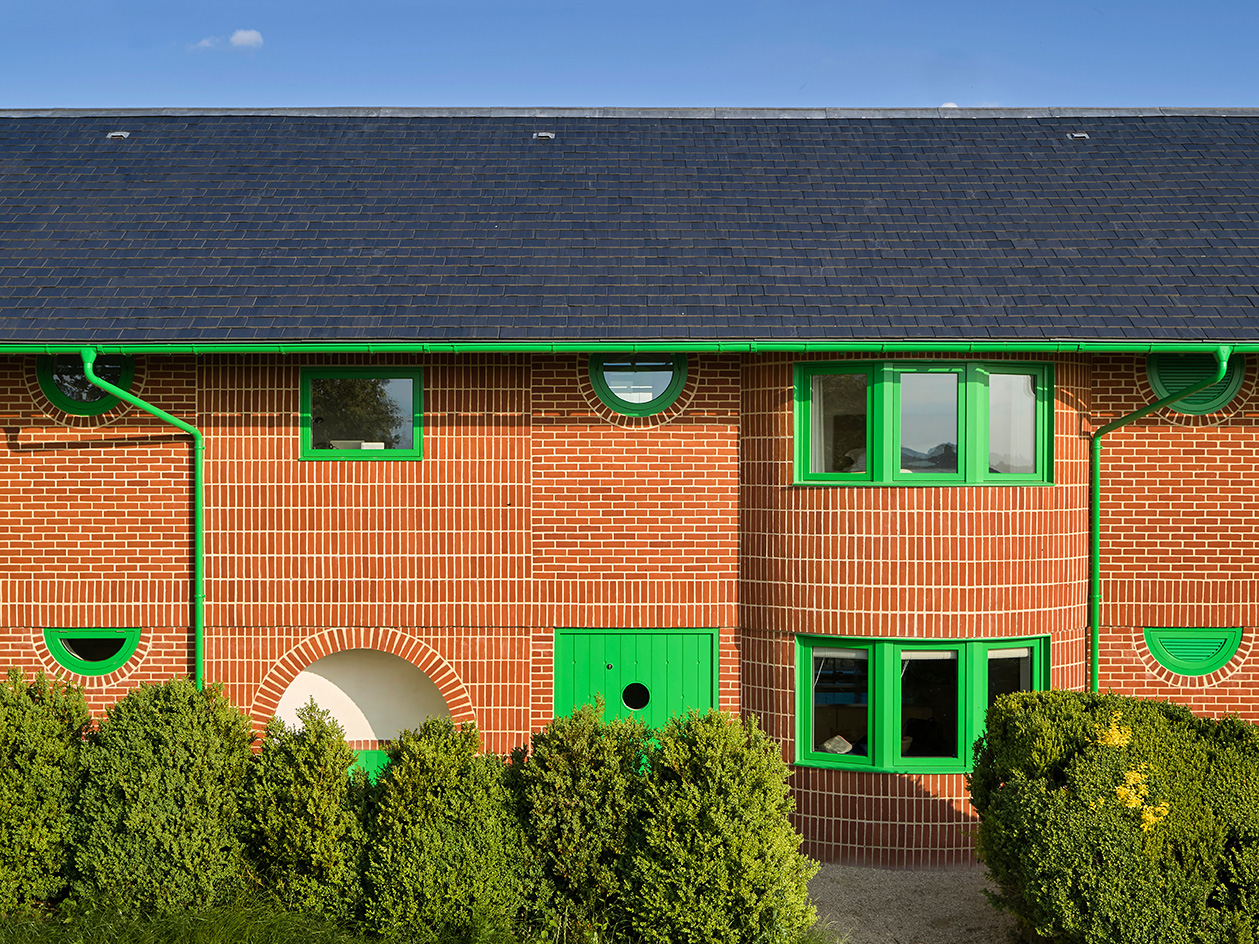 David Kohn’s first book, ‘Stages’, is unpredictable, experimental and informative
David Kohn’s first book, ‘Stages’, is unpredictable, experimental and informativeThe first book on David Kohn Architects focuses on the work of the award-winning London-based practice; ‘Stages’ is an innovative monograph in 12 parts